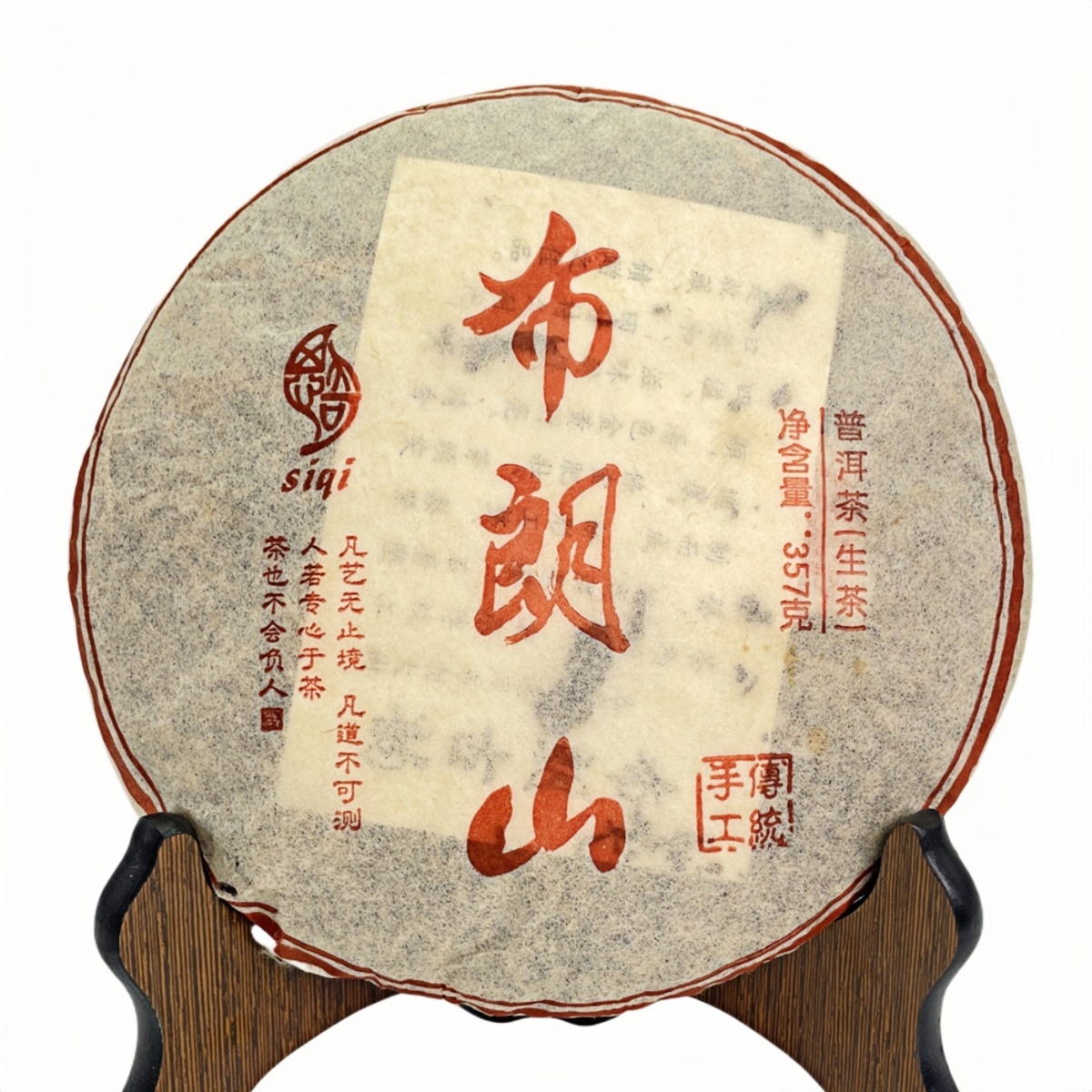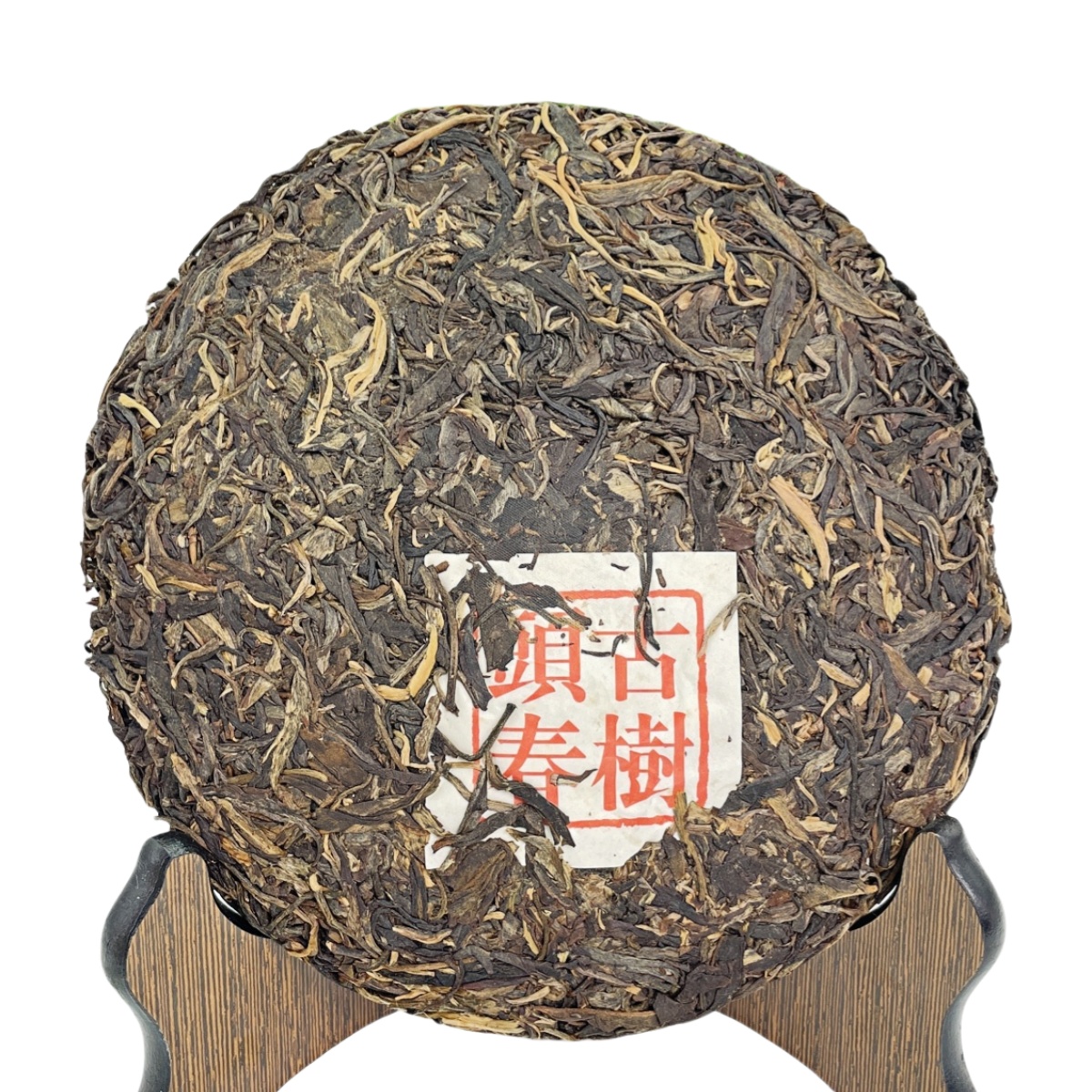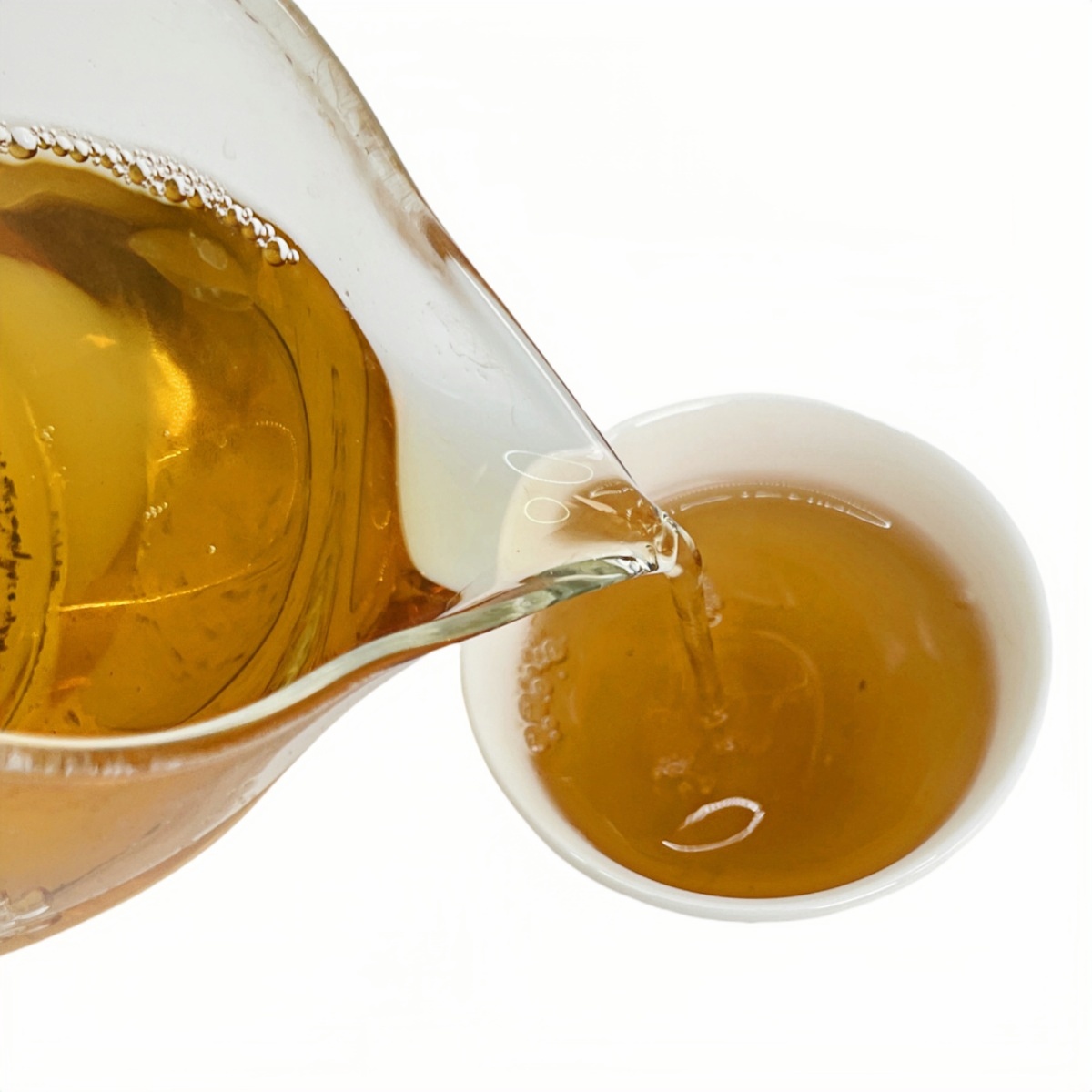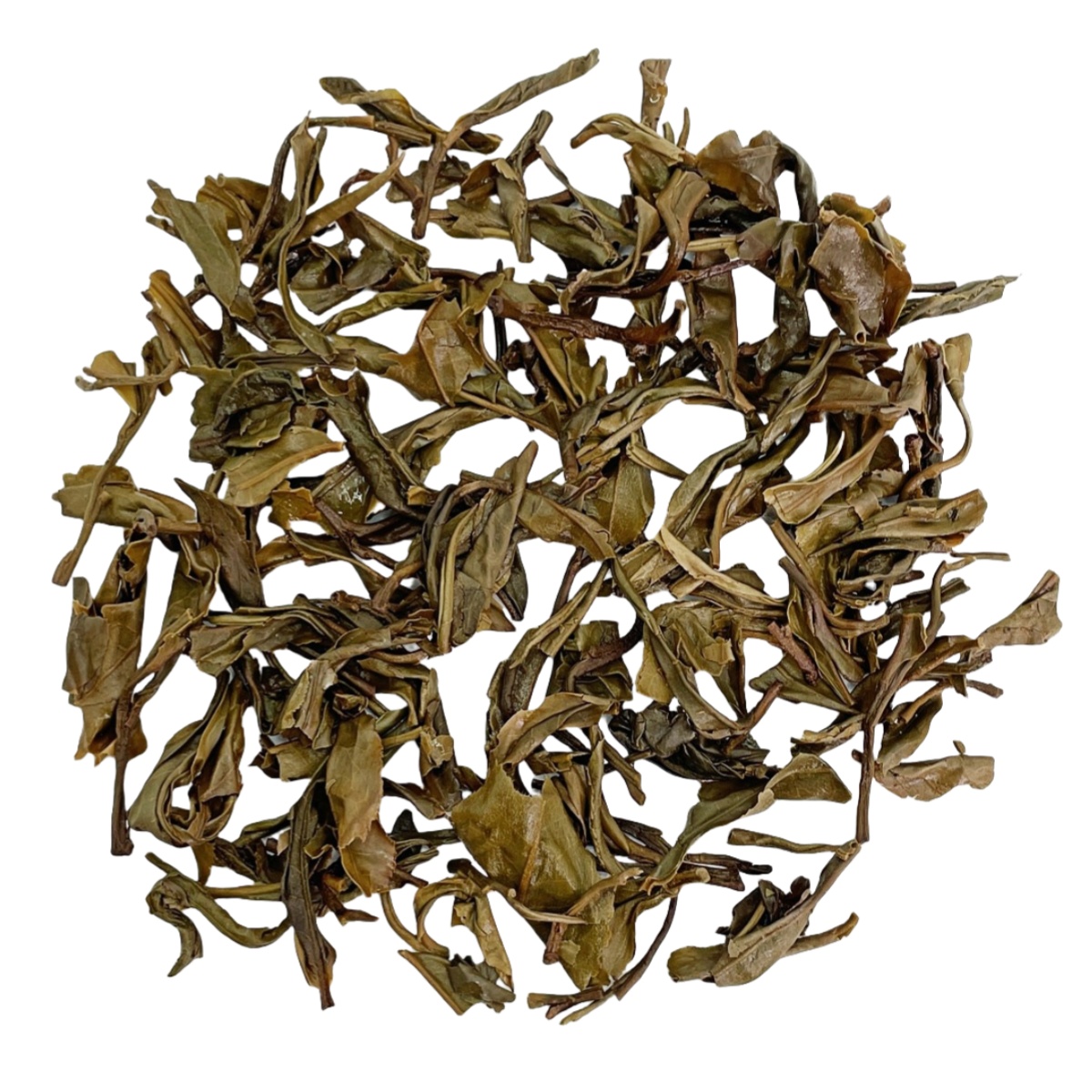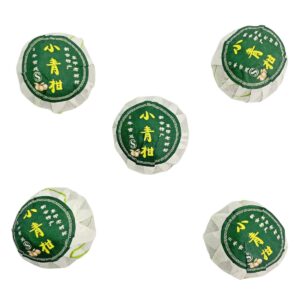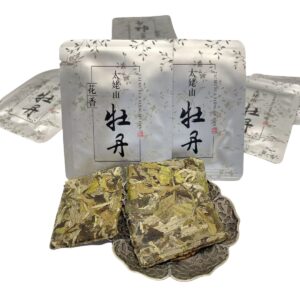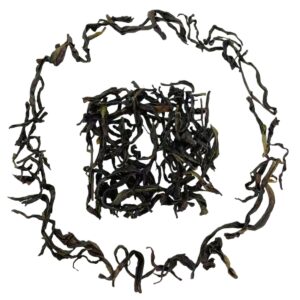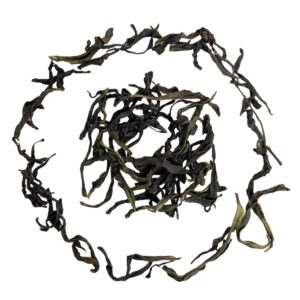Description
Pu’er Tea: An Indispensable Part of China’s 5,000-Year Cultural History
The history of Pu’er tea dates back to the Eastern Han Dynasty (25-220 AD), when ancient inhabitants of Yunnan began harvesting wild tea leaves.
During the Tang, Song, and Yuan dynasties, Pu’er tea became a vital medium for frontier governance through the “Tea-Horse Trade” with Tibet and other regions. In the Yuan Dynasty, Mongolians introduced Pu’er tea to Russia, marking the start of its international journey.
By the Yongzheng era (1729) of the Qing Dynasty, imperial tribute tea fields were established, elevating Pu’er tea to royal tribute status and its golden age. The Qianlong-era plaque “Tribute to the Heavenly Dynasty” affirmed its prestige, while the Tea Horse Road trade flourished, exporting it to Tibet, Southeast Asia, and Europe.
Pu’er tea’s post-fermentation特性 grants it the “more aged, more fragrant” quality. Qing royalty regarded it as “drinkable antique,” and today it symbolizes both consumption and collectible value.
Traditional Chinese medicine credits Pu’er with “aiding digestion and cutting greasiness,” while modern studies confirm its lipid-lowering and antioxidant effects. This health legacy secures its unique role in contemporary tea culture.
The craftsmanship of Pu’er (tribute tea) is a National Intangible Cultural Heritage. In 2022, UNESCO inscribed it on its Representative List of the Intangible Cultural Heritage of Humanity.
“From Ancient Forests to Global Palates: The Legacy of Brown Mountain Tea”
- Historical Roots: Nestled in Xishuangbanna’s Menghai County, Brown Mountain has been a cradle of Pu-erh since the Qing Dynasty. The 2015 batch hails from 200+ year-old wild arbor trees cultivated by the indigenous Bulang people using UNESCO-recognized agroforestry techniques.
- Cultural Symbolism: Revered as “the warrior’s tea,” Brown Mountain Pu-erh embodies the Bulang tribe’s harmony with nature, blending Daoist balance with ancestral resilience. Its volcanic soil and fog-shrouded microclimate create a terroir unlike any other.
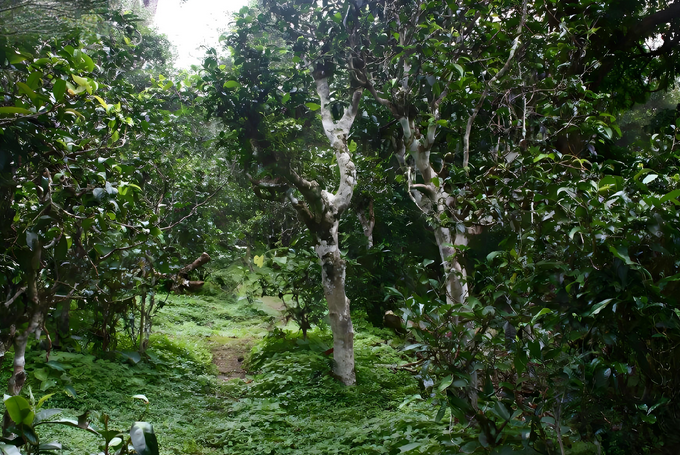
“Why 2015 Brown Mountain? The Alchemy of Wild Arbor & Time”
- Floral-Mineral Symphony: A decade of aging unlocks orchid florals (early steeps) → damp granite (mid-infusions) → smoked cacao (final brews). Lab tests show 45% higher polyphenols vs. younger teas.
- Zero Processing: No roasting or shaping – each cake bears a 2015 harvest code, encapsulating Yunnan’s wilderness purity.
Traditional Craft - Triple Solar Withering: Leaves sun-dried for 72hrs to amplify floral esters – a Bulang technique preserved since the 18th century.
- Natural Fermentation: Stored in bamboo-lined clay jars, microbial activity transforms tannins into velvety umami – SGS-certified probiotics aid digestion.

Pu’er Tea Brewing Method:
Water Temperature: Use 100°C boiling water, preferably mountain spring water.
Teaware: White porcelain gaiwan/purple clay teapot/Nixing pottery (recommended), fairness cup, and tasting cup.
Tea Quantity: 7-10 grams (adjust according to personal taste preference).
Rinsing: Quickly pour boiling water to fill, then pour out within 5 seconds (rinse 1-2 times).
Brewing: For the first 3 infusions, steep for 5 seconds after adding water, then increase steeping time by 5 seconds for each subsequent infusion. Can be brewed over 10 times.
Awakening: Aged tea requires awakening to remove storage odors. Place the tea leaves on a tea tray and let rest for 30 minutes before brewing for better flavor.


